Rhinoplasty, a plastic surgery procedure aimed at correcting both the aesthetic and functional aspects of the nose, has evolved significantly in recent years, allowing for more refined techniques and increasingly natural and long-lasting results.
One of the most notable approaches in nasal surgery is Hybrid Rhinoplasty, which focuses on preserving the nasal dorsum while restructuring the nasal tip. This technique aims to improve both the aesthetic appearance and the respiratory function of the nose.
Understanding the Features of Hybrid Rhinoplasty
Hybrid Rhinoplasty is a surgical technique that combines dorsal preservation with nasal tip restructuring. This innovative approach balances conservative and modern techniques, resulting in more predictable and natural outcomes.
Dorsal Preservation: The surgeon maintains the bony and cartilaginous structures of the nasal dorsum, avoiding excessive tissue removal. Instead of completely removing the nasal hump, the dorsum is adjusted to preserve the natural shape of the nose. This conservative approach provides a smoother, more natural nasal profile with minimal aggressive intervention.
Nasal Tip Restructuring: The tip cartilage is carefully shaped and secured to ensure a long-term aesthetically pleasing and functional result. Sutures and grafts are used to refine and support the tip, reducing the risk of deformities or complications in the future.
Benefits of Hybrid Rhinoplasty:
More natural results
Greater predictability in recovery and long-term outcomes
Conservative correction of the nasal dorsum
Reduced risk of tip support-related deformities or complications
When is Hybrid Rhinoplasty Recommended?
Hybrid Rhinoplasty merges dorsal preservation and structured tip techniques to provide a balanced, long-lasting outcome. It is particularly suitable for patients who want to maintain a natural nasal profile while needing enhanced support and definition at the nasal tip.
This technique allows for a conservative approach to the dorsum while ensuring the tip is safely structured and maintained over time.
The suitability of this procedure depends on individual factors such as nasal anatomy, aesthetic goals, and functional needs. A consultation with an otolaryngologist specialized in rhinoplasty is essential to assess the individual case and determine the most appropriate technique for achieving optimal aesthetic and functional results.


